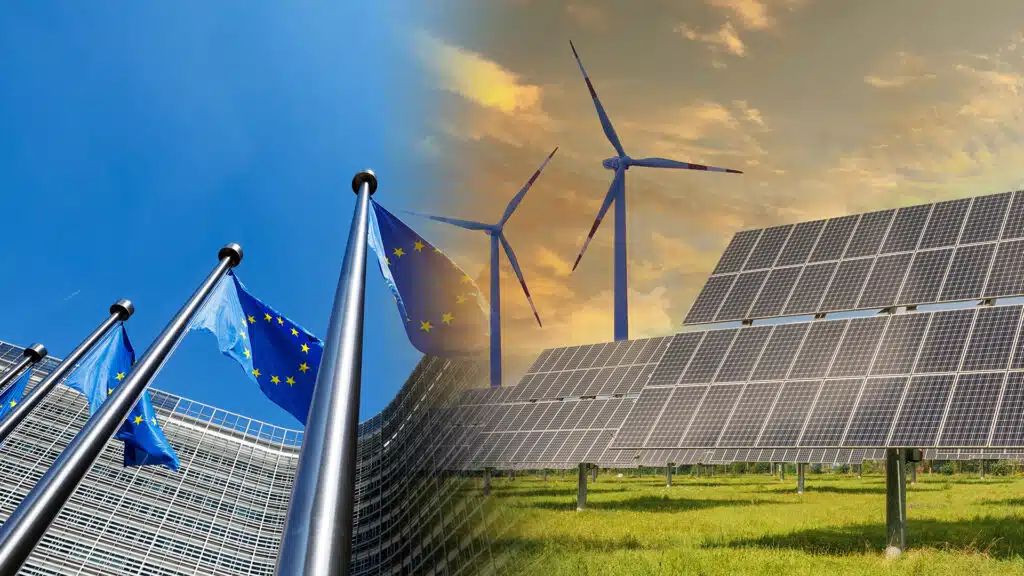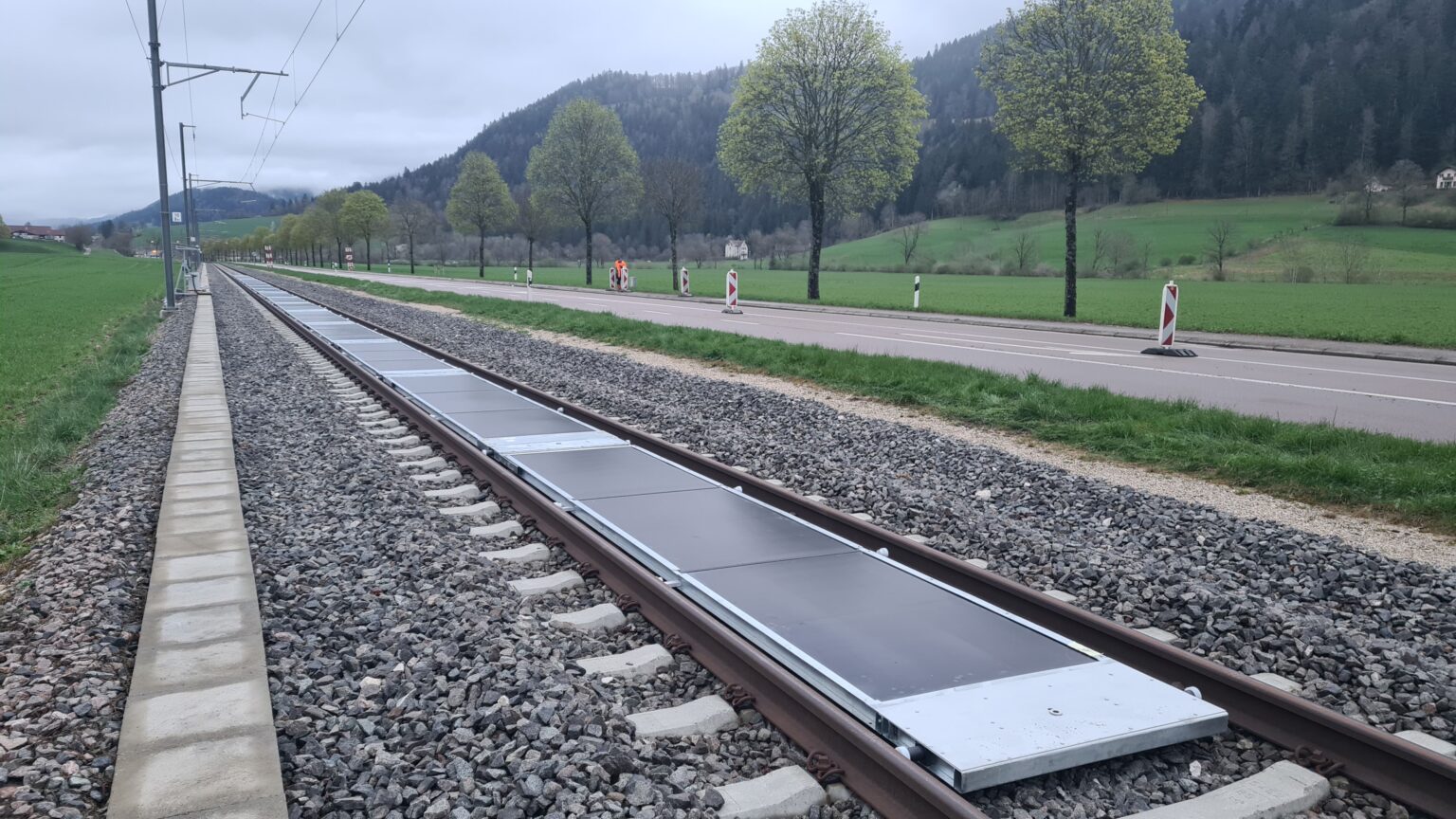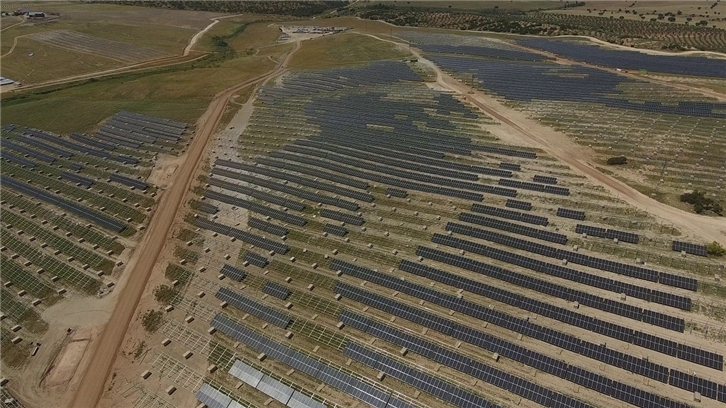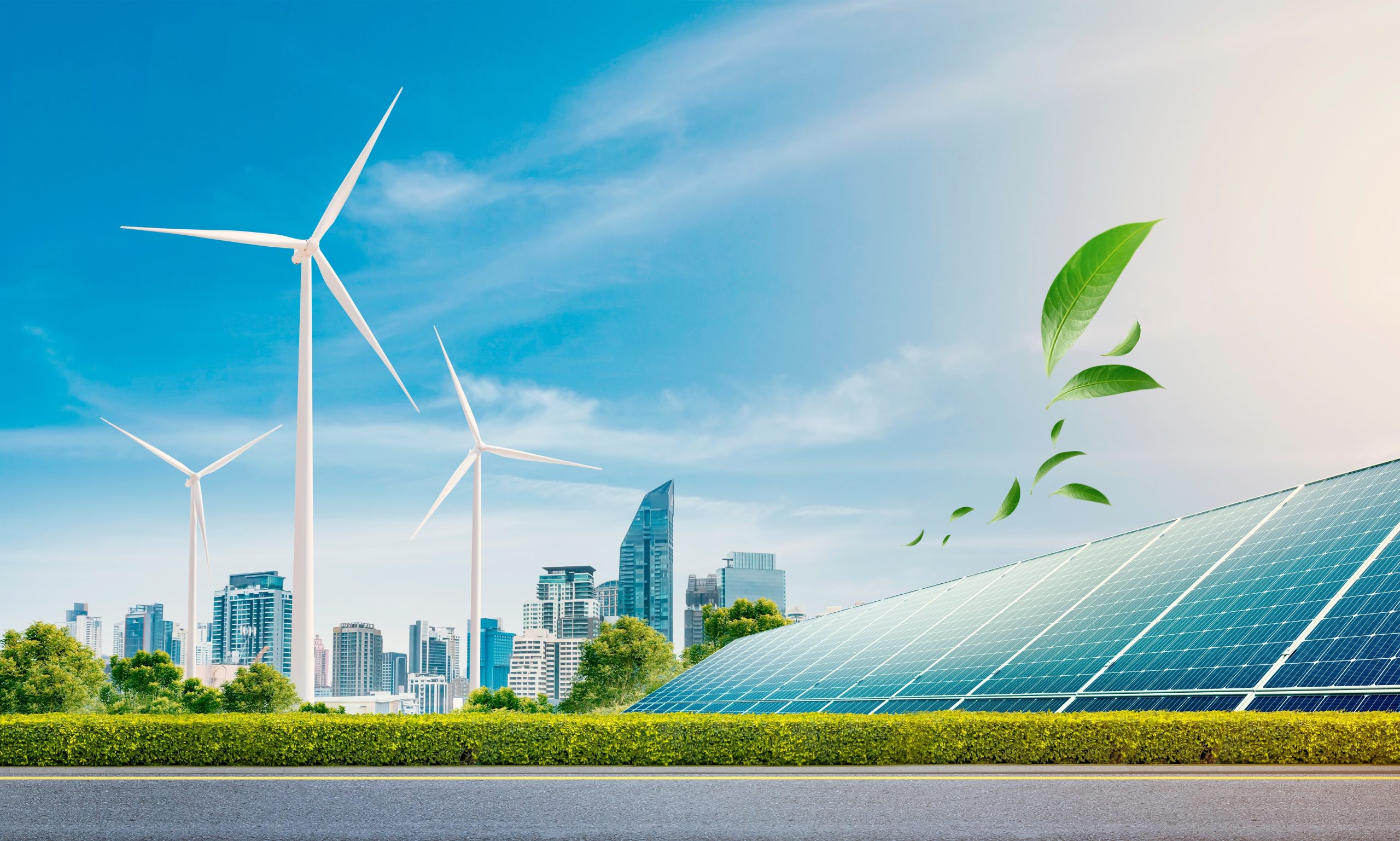2024 proved to be a landmark year for the European power sector, with renewables achieving their highest-ever share of the energy mix, according to data from Eurelectric.
Renewables accounted for 48% of the EU’s power generation, marking a significant step toward decarbonisation. Combined with nuclear energy’s 24% contribution and fossil fuels’ record-low share of 28%, the EU attained its cleanest power generation mix to date.
This transition to renewables also led to the lowest emissions ever recorded in the EU power sector, with a 13% year-on-year drop in 2024 and an overall 59% reduction compared to 1990 levels. Wind energy maintained its lead over natural gas for the second consecutive year, while hydro and solar photovoltaic (PV) power grew by over 40 TWh, equating to half of Belgium’s annual power demand.
Despite these achievements, the EU saw contrasting trends in electricity prices and demand. Average day-ahead wholesale electricity prices fell by 16% compared to 2023, dropping to €82 per megawatt hour (MWh) from €97/MWh. For much of the year, prices were even lower, averaging €76/MWh. However, a surge in gas prices and high winter demand during the last quarter caused price spikes, particularly in Germany, Hungary, Romania, and Sweden. Negative electricity prices also reached record levels, occurring 17% of the time in at least one bidding zone.
On the other hand, power demand remained subdued, growing by less than 2% compared to 2023 and remaining below pre-crisis levels. While some of this decline is attributed to energy efficiency improvements, over half stems from reduced industrial consumption. For instance, Germany's industrial power consumption fell by 13% in 2023 compared to 2021 and likely decreased further in 2024, as industrial production dropped 4% year-on-year.








